Sushi two ways in Toyama
Be it standing or sit-down luxury, experience first-rate sushi at two top restaurants in this Japanese prefecture
WE’RE NOT SURE WHO WROTE the rule book on making sushi, but we’re guessing that outside of Edomae-obsessed Tokyo, it gets thrown out.
We’re more used to buttoned-up chefs in starched whites and shaved heads serving perfectly uniform morsels in strict order. So experiencing the off-beat style of their counterparts in, say, Toyama is refreshingly fun.
On a recent trip to Toyama city, slightly more than two hours by Shinkantsen, we made a beeline for two restaurants by chefs sporting ponytails and serving fried fish cutlets and wagyu respectively. But make no mistake – they’re deadly serious about their craft. Coupled with Toyama’s access to super fresh ingredients right at their doorstep, and prices slightly lower than their Tokyo equivalents (and more if compared to Singapore’s), they’re definitely worth a detour.
Standing Sushi Jinjin 3-8 Ichibanmachi, Toyama, 930-0061, Japan
Start off in town, where Standing Sushi Jinjin is a five-minute taxi ride from the train station or 10 minutes on the local tram line.
It may be a standing sushi bar but there is nothing downmarket about it. In fact, chef-owner Izumi Kimura deliberately styled it this way to “democratise” the sushi experience for everybody. While it’s safer to book, you can just walk in anytime and enjoy a quickie bite or full omakase which clocks in at around 20,000 yen (S$167) for the dinner course.
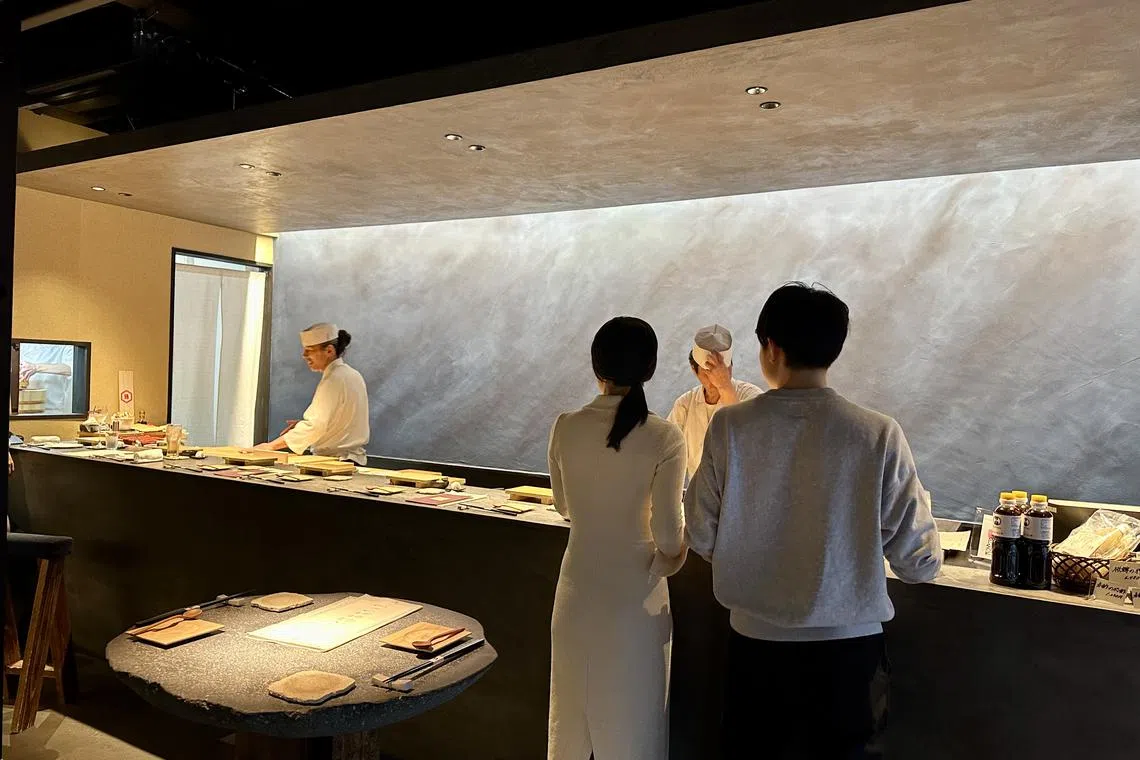
With its dark blue textured wall and funky music playing in the background (no sushi restaurant we know plays any kind of music, funky or otherwise), Jinjin looks more like a cocktail bar than sushi-ya. Tell-tale signs include a Krug champagne menu (Kimura is a brand ambassador) and a Masuizumi sake list presented along with the lunch and dinner listings.
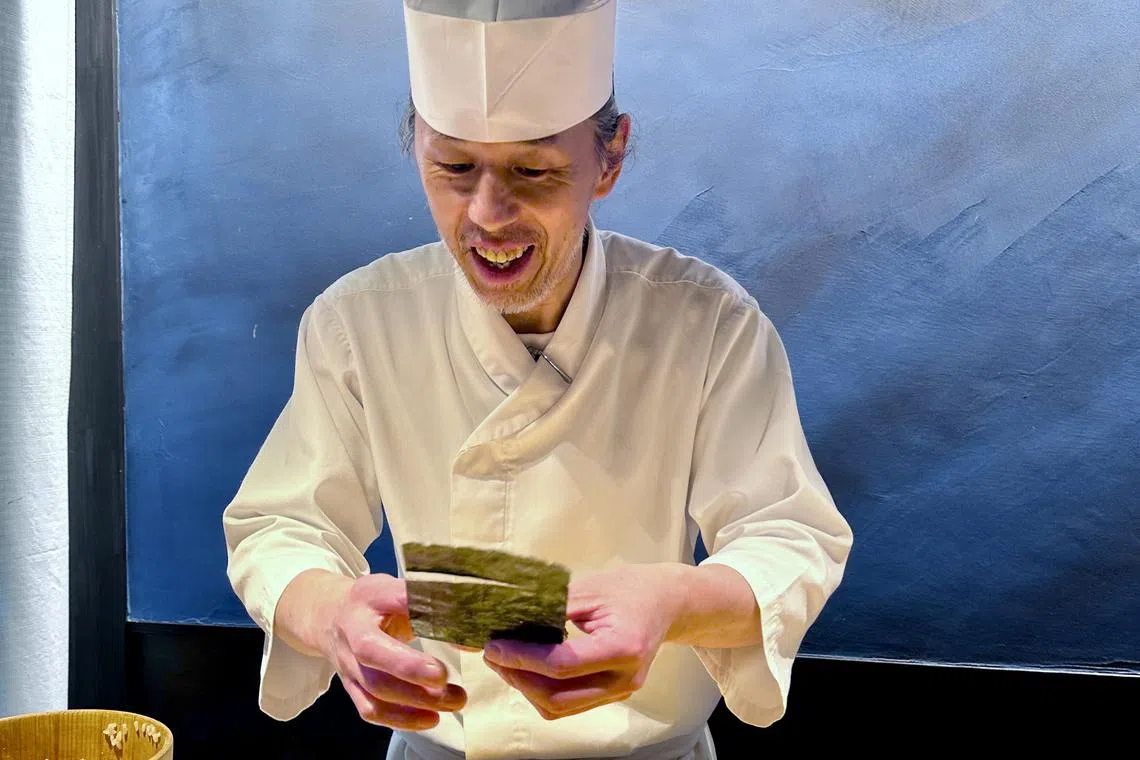
You can stand, but there are convenient bench rests to lean on so you don’t really miss an actual chair. Just be warned that Kimura serves the food fast (standing bar equals high turnover) and doesn’t quite seem to grasp the notion of a leisurely meal.
But you can’t fault the quality and the presentation. Kimura closed down his previous one-Michelin-starred Sushi Jin in order to open the standing bar, so he’s no slouch. He first teases you with an excellent panko-fried aji or horse mackerel that’s all crunchy on the outside and milky moist flesh fish within.
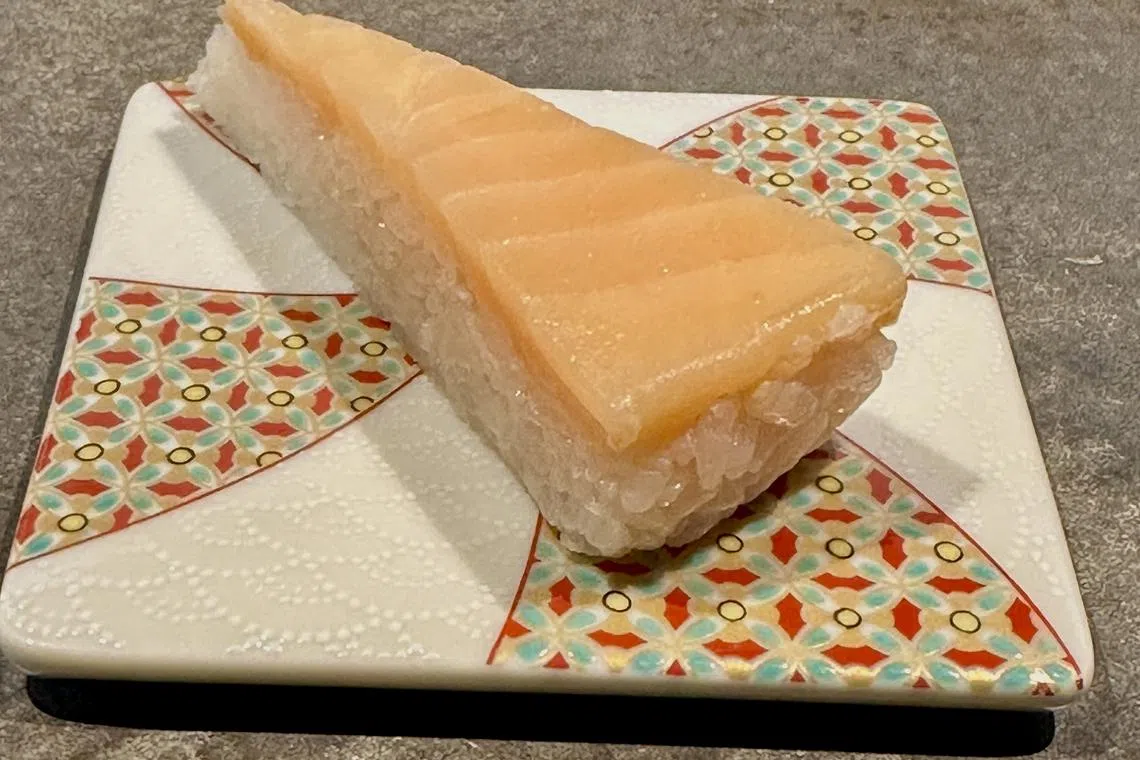
Other quirky touches include a tummy-warming good blue cheese chawanmushi and whale tongue oden, but the familiar favourites shine with their pristine freshness – white shrimp, monkfish liver, clam, tuna, black-throat perch all served as sushi, grilled or sashimi.
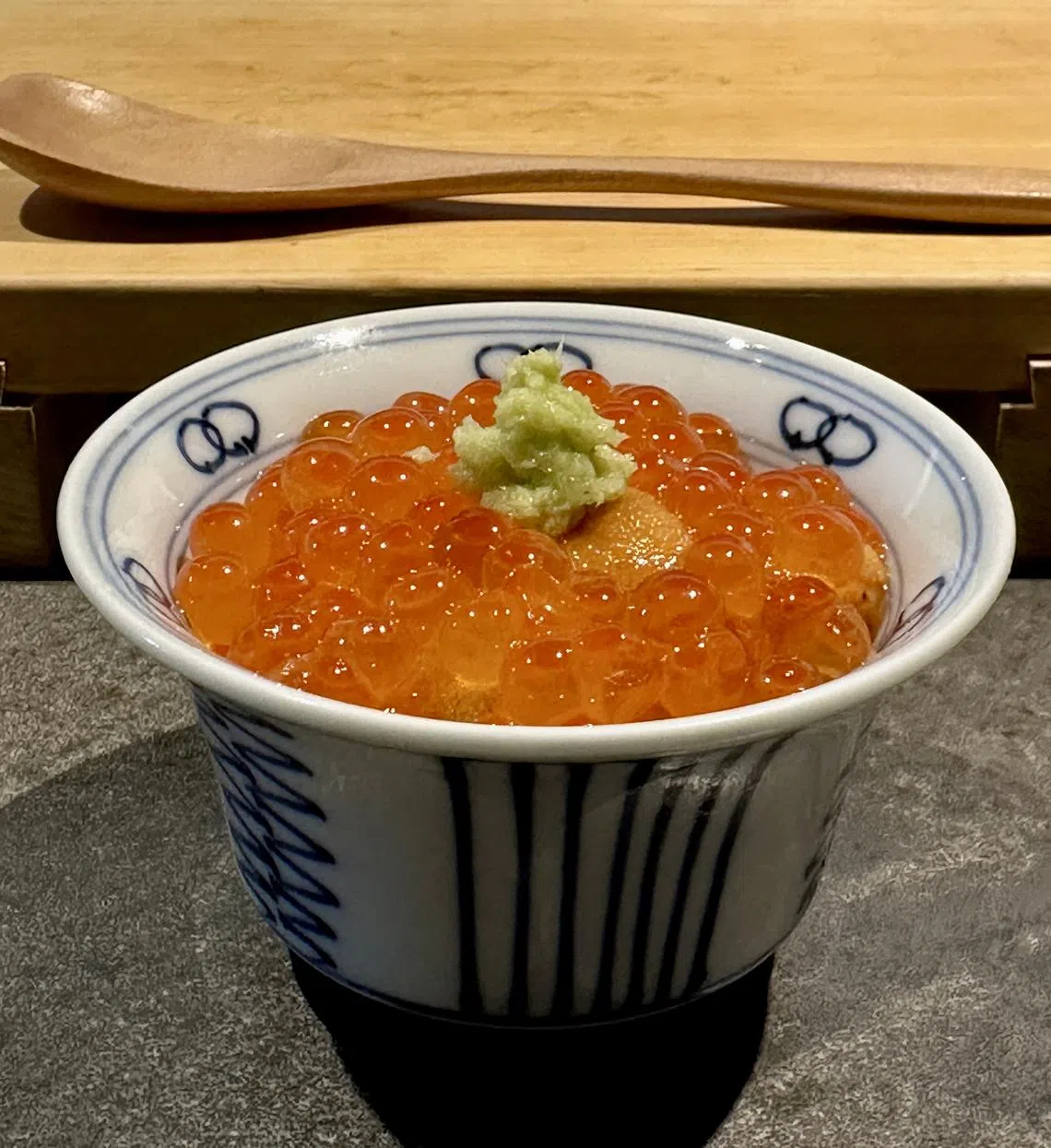
Seasons change and so do the ingredients, but whenever you go, it’s going to be a good time.
Sushi Gejo 182 Higashiiwasemachi, Toyama, 931-8358, Japan
With one Michelin star under his belt and an outfit inspired by samurais rather than uniform shops in Kappabashi, sushi chef Takehiro Gejo is a sushi chef cum home shopping network host, but in a fun and engaging way. He has his own line of products such as caviar, somen and pickled firefly squid, which he showcases in his omakase – in case you’re inspired to bring some home.
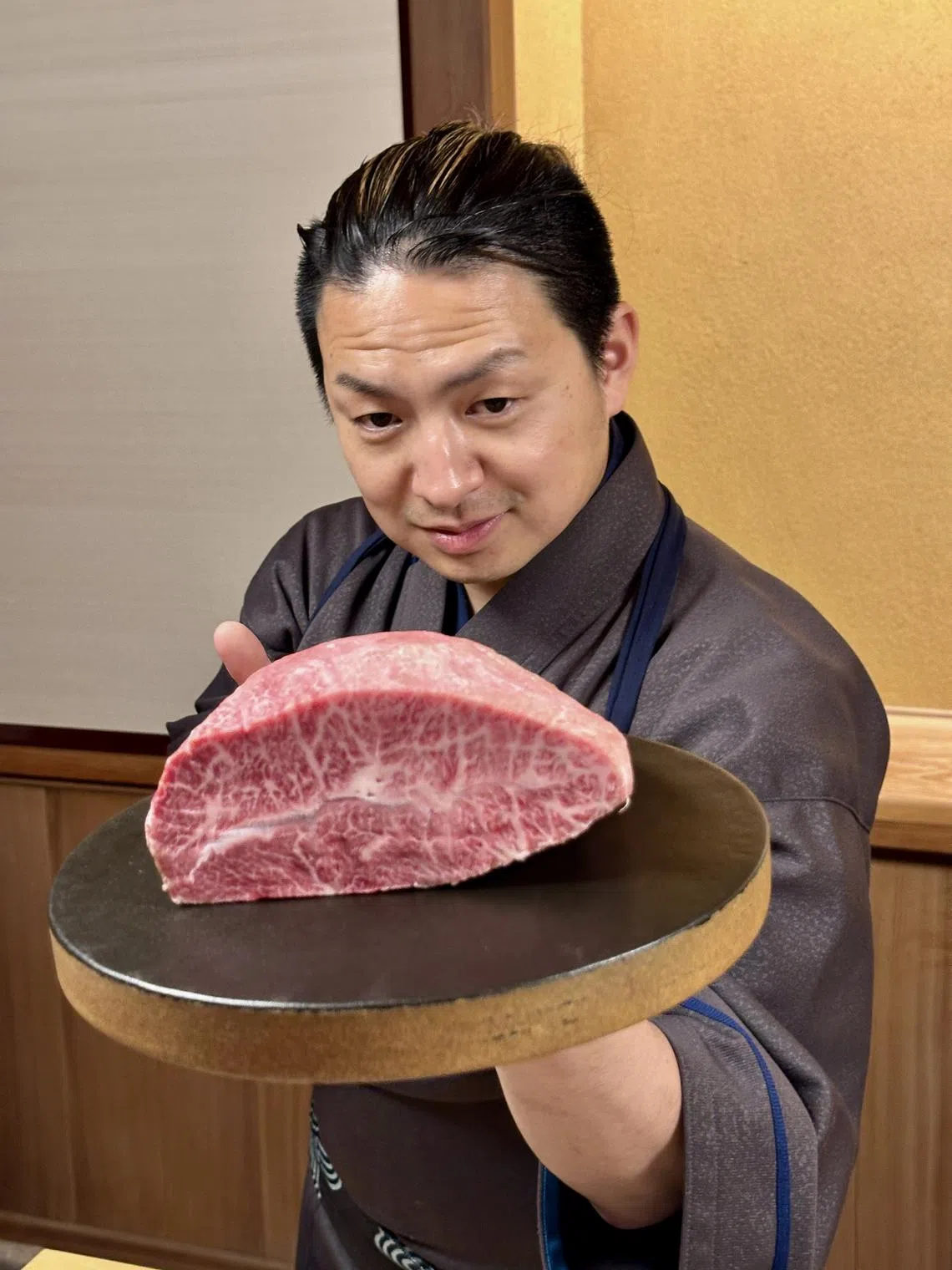
His unconventional approach is a contrast to his surroundings in the old town of Iwase, a 20-minute tram ride from Toyama station. His restaurant is housed in a well-preserved heritage building which joins other immaculately restored houses on a quiet street gentrified by Masuizumi sake brewery owner Ryuichiro Masuda. This well-documented district now houses elite craftsmen and fine-dining restaurants.
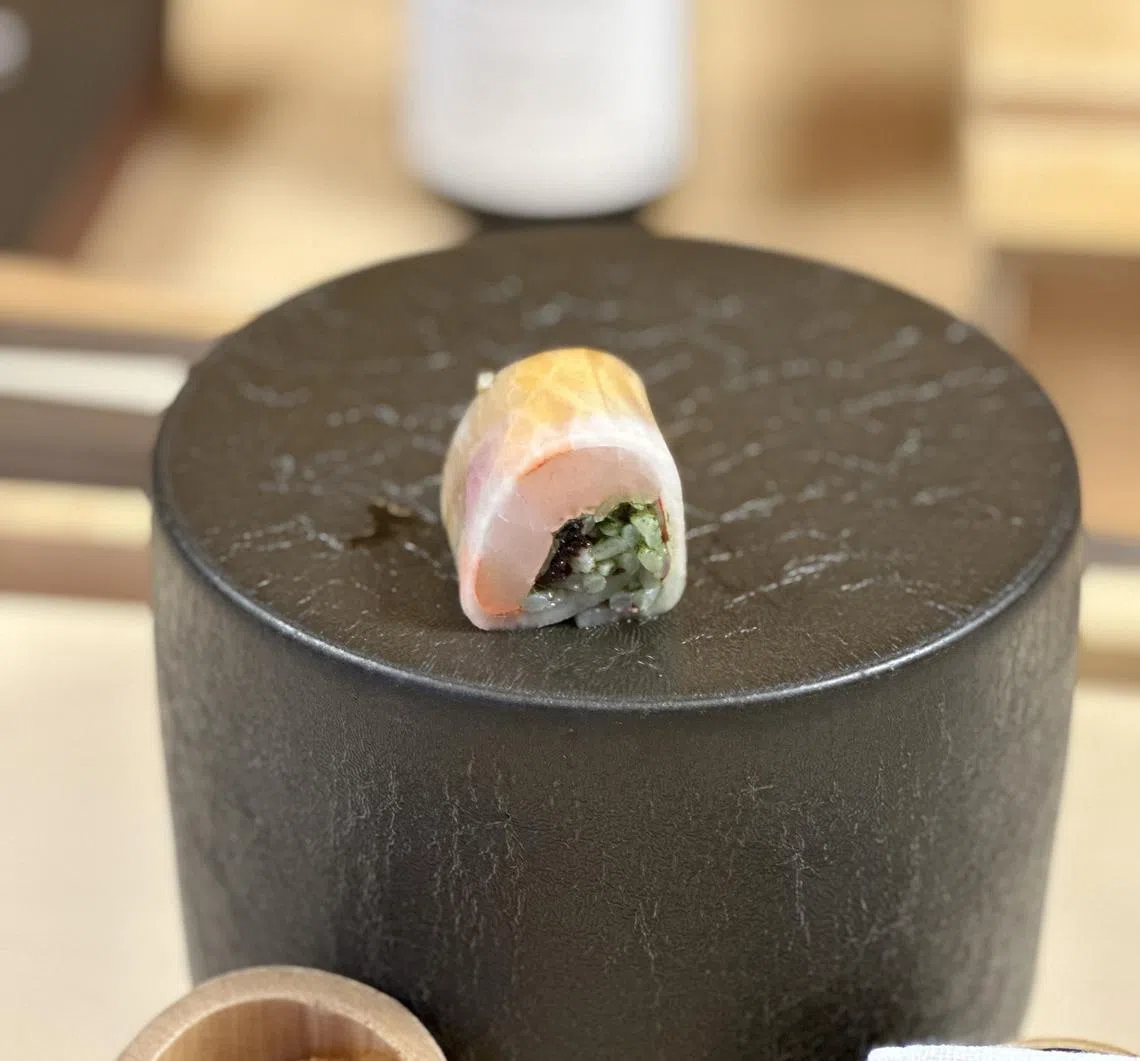
Gejo, coincidentally, trained at Standing Sushi Jinjin’s Michelin-starred predecessor Sushi Jin and the also one-starred French restaurant Cave Yunoki (located in the same street). He then travelled to Europe to broaden his horizons and mindset. Now, the Toyama native helms his eponymous eatery, personally sourcing top ingredients from isehikari rice (more exclusive than koshihikari) to artisanal uni with its own papers and a history that is lost in translation. It’s very good though.
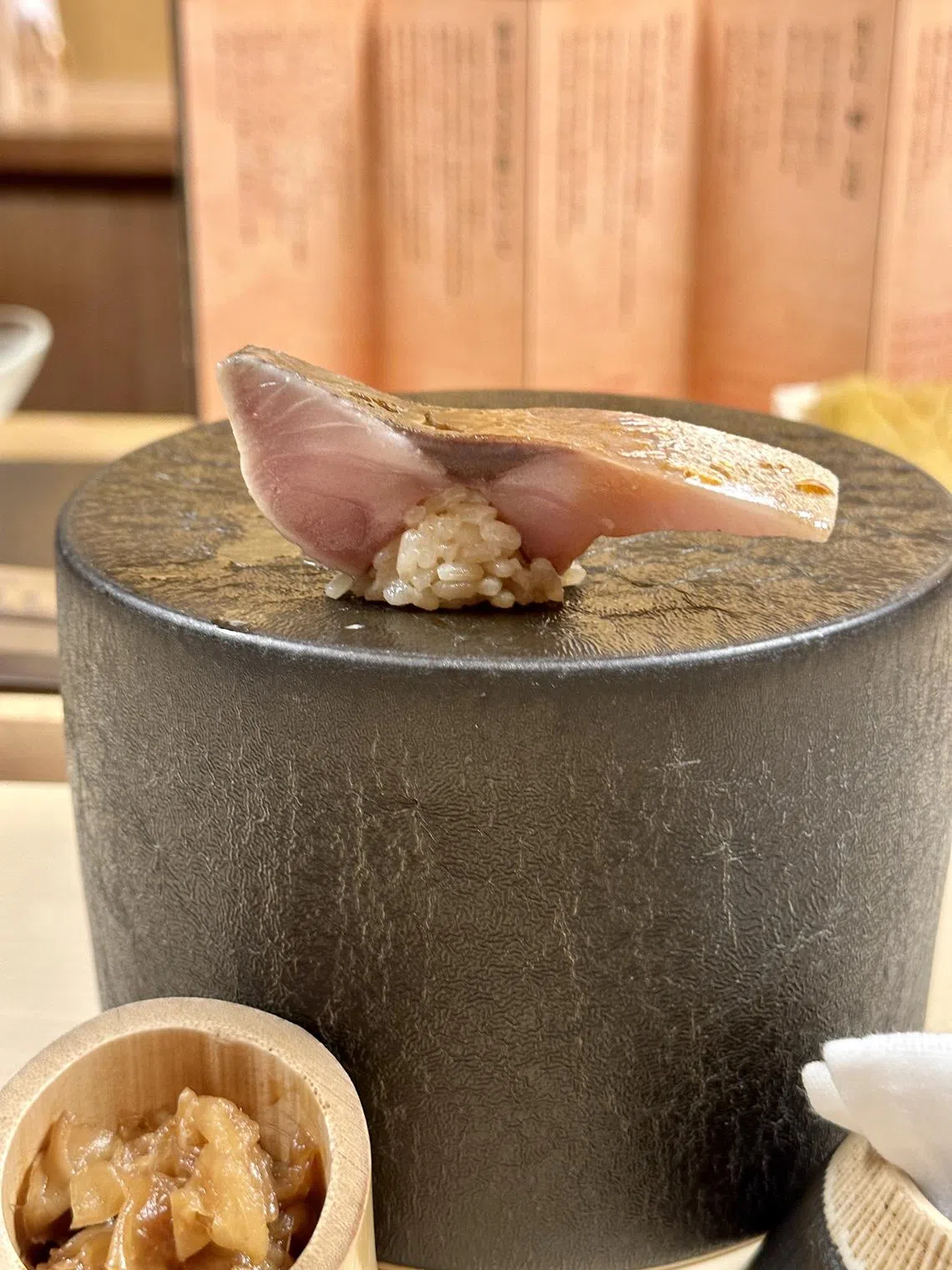
Gejo doesn’t subscribe to tradition so you get a few twists including botan ebi on rice streaked with the blue tinge of the prawn’s roe, or a piece of horse mackerel cut in the middle with a nugget of rice stuffed in the crevice.
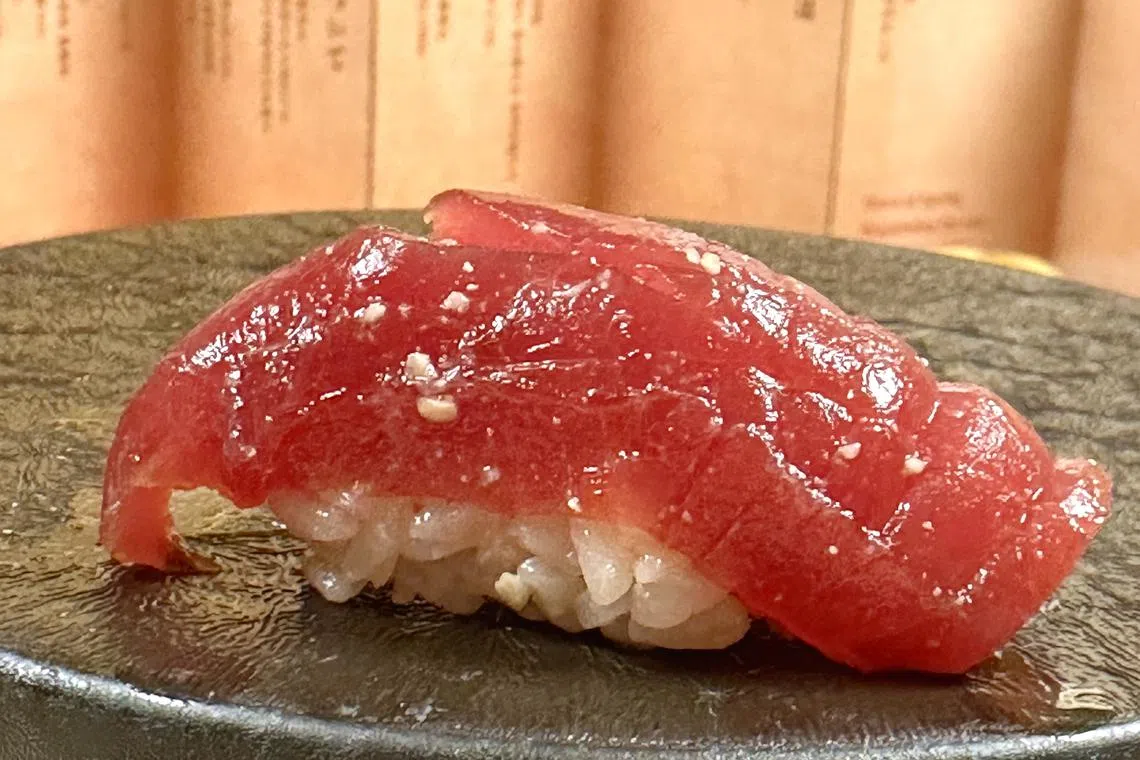
There’s charcoal somen in a lovely fish bone broth, horse mackerel topped with a crispy sesame seed mix, akami marinated in sake lees, and a surprising handroll of chopped grilled wagyu misuji topped with uni. For around 30,000 yen or slightly more, you roll out of there stuffed to the gills and with mental plans to return to a place where rules can be bent so long as you enjoy it.
Decoding Asia newsletter: your guide to navigating Asia in a new global order. Sign up here to get Decoding Asia newsletter. Delivered to your inbox. Free.
Copyright SPH Media. All rights reserved.









